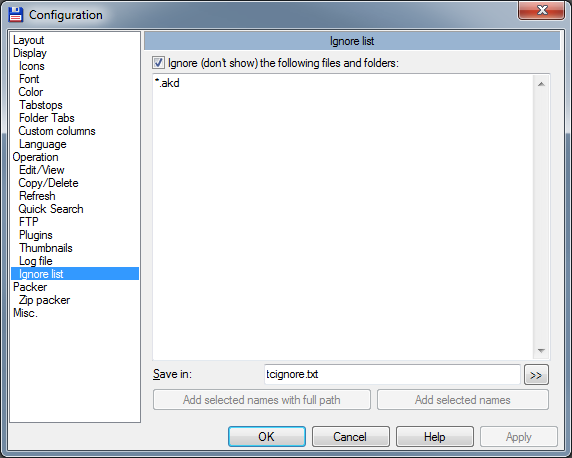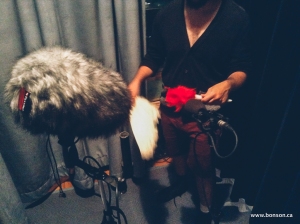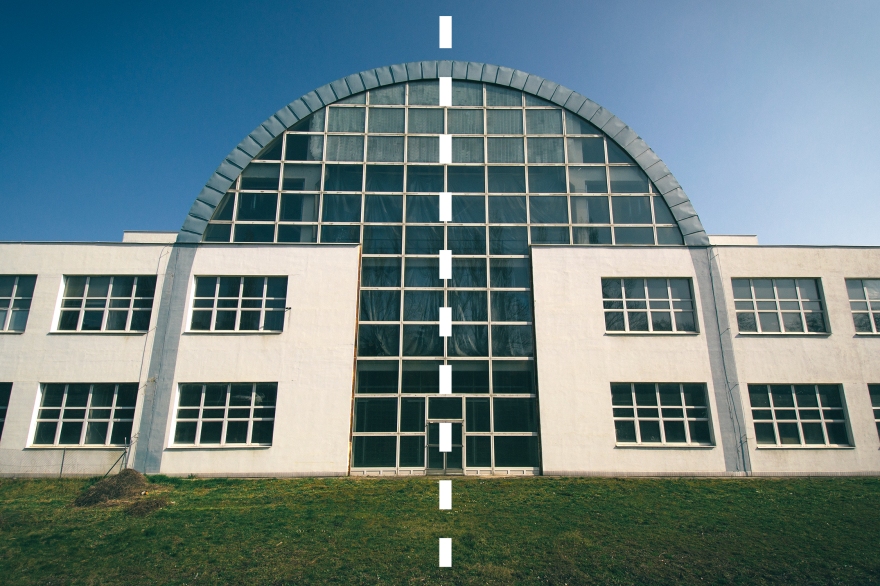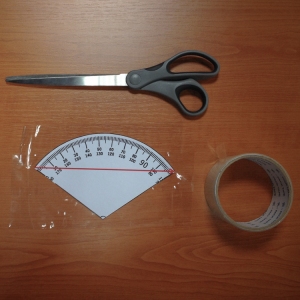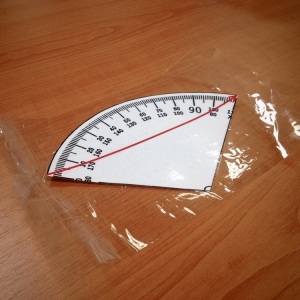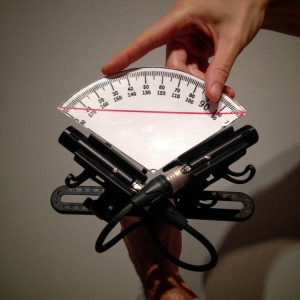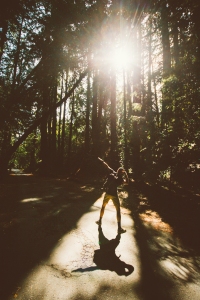 A decade later I’m here. In the business of making games. Recording, designing, implementing sounds into these things we call interactive entertainment. Ten years deep. Has it gotten any easier? Barely. The quality bar runs tightly parallel to the experience gained. The never ending journey of perfection. I’m still dreaming in full surround (or now Dolby atmos), seeing soundscape schemes. Hearing palettes and tones beyond just concepts. Determined to someday make a perfectly sculpted sonic experience. There is so much ground left to cover.
A decade later I’m here. In the business of making games. Recording, designing, implementing sounds into these things we call interactive entertainment. Ten years deep. Has it gotten any easier? Barely. The quality bar runs tightly parallel to the experience gained. The never ending journey of perfection. I’m still dreaming in full surround (or now Dolby atmos), seeing soundscape schemes. Hearing palettes and tones beyond just concepts. Determined to someday make a perfectly sculpted sonic experience. There is so much ground left to cover.
In the beginning there was dialogue editing and mastering. Lots of it. In retrospect this gave me the tools to sharpen my hearing more than any one exercise. Sharpening my listening skills like a razor. Birthing confidence and knowing what works, but most importantly what doesn’t.
After years of apprenticing as a dialogue specialist, the opportunity to better my sound design skills presented itself. Finally stacking sounds, timing pulses, giving a voice to an otherwise silent experience. Bleeding sound through the veins of the game. Putting heart into every beat. Truly a dream come true. With a history of learning on the job, I can confidently say I rarely know what I’m doing until I’m doing it. That said I practice sound design a lot, with hard drives full of loosely named side projects and many Test_ and Temp_ sessions.
It was never about the sprint, but the marathon. Developing techniques to speed up the process, as well as honing new tools that lend themselves to the specific project. I can’t attribute my success to a single plug-in or middleware. Good monitors sure I’ve used plenty, DAW’s as well. Not even my most trusted mentor can be given all the credit. But rather my non-contentedness, or one might call it being stubborn. I’m rarely entirely happy with what I’ve created. Sure I have genius-like moments. Feeling like Kanye comparing himself to Walt Disney, but it is quickly outlived after hearing my work in a room full of more talented peers. The singular thought of how can we make it better is always present. How can we better shape the sound without making it louder. How can we optimize implementation without compromising the end product. The end’s not near, it’s continuous. A continuous randomized loop. Our work as creatives isn’t built into a single project, but rather a lifelong journey of experiments and collaborations molded into snapshots, shrink wrapped, distributed or downloaded. We dream, bleed, cry and eventually run out of time. The end product might be the end of that product, but the desire to do better shouldn’t be. The desire to make the perfect thing. The thing peers use as references. The thing users want to use more of.
The thought of being a hack terrifies me. It’s one of those thoughts that creeps up late at night when you’re the most vulnerable. Tired and dry on inspiration, reaching for tried and true techniques. I hate it… But what about those days when creating something that everyone likes with little effort? My most industry praised sound is an ambience-like effect thrown together at the eleventh hour. As if something came over me and directed the layers like a conductor. I could heard it in my head, knowing exactly what to do. Mind you I had no choice, time was a factor. I assure you this is not the norm. Every day is a struggle, creatively, technically, emotionally. There is no average day. Sometimes it works, but more often it doesn’t. That is the process. I love the process. I live for the process. The process is not knowing shit. Trying shit. Breaking shit. Fixing shit. Over and over and over. Eventually you know a little more shit. That extra means you can objectively listen. Knowing that good enough isn’t good enough, but also knowing when it is. They don’t teach ya that in school.
Ten years deep and in a strange place. Far from an intern and even further from a veteran. Where the future will lead who knows. All I know is I was destine for this journey. Every step along the way was crucial. Every relationship affected me one way or another. Every article read, tutorial followed and conversation had.. it is all part of the process. I don’t know shit, but I’m optimistic that tomorrow I may know a little more.

